The big interview: Jekaterina Stuģe
By Melita KielyLed by dynamic chief executive Jekaterina Stuģe, Amber Beverage Group is on course to achieve greatness. She tells us how the firm is on track to meet its goals.
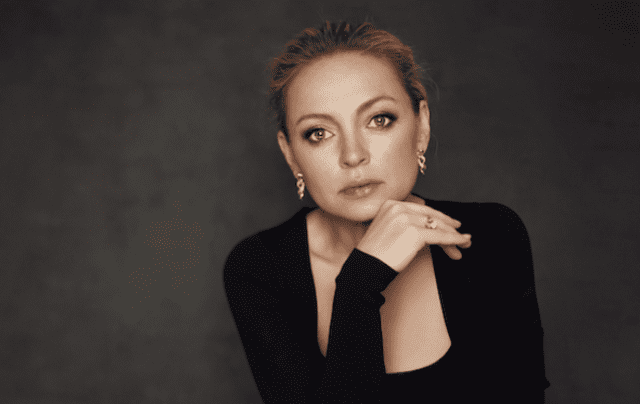
“We are not shy; we are ambitious,” states Jekaterina Stuģe, who has led Amber Beverage Group (ABG) as chief executive officer since 2020. It has been a period filled with global geopolitical and economic challenges, but also years of significant company development for ABG.
Stuģe started her career as an auditor at Ernst & Young. But she soon craved the ability to effect change more proactively, rather than being on the outside looking in at the data. In 2009 she moved to NP Foods as chief financial officer (CFO), before joining ABG’s parent company, SPI Group, in 2014, as the CFO of the Baltic business, followed by a promotion to her current role of ABG CEO.
It was no easy feat taking the reins in the grips of a global pandemic. Yet, despite all the challenges that emerged over the past few years, Stuģe remains optimistic about ABG’s potential. “The company displayed remarkable agility and tenacity in its business approach,” Stuģe says about the past few years, “confronting a landscape full of unprecedented challenges. The global surge in inflation and instability of energy costs, which forms a substantial part of the total product cost, including our own production facilities and cost of glass, supply chain disruptions, and labour shortages, as well as escalating bank borrowing rates, all put the company’s resiliency to the test.”
Turbulent business climate
Faced with these challenges, Stuģe says ABG’s management exercised caution in decision making in response to the turbulent business climate, which she believes will pay off in the long run. “The company’s growth initiatives remained undeterred,” she adds. This has been evident in ABG’s investment to build a new distillery for Irish producer Walsh Whiskey, which ABG bought for an undisclosed sum in 2021. Once approved, the new distillery is slated to be ready by 2026, and will produce Walsh Whiskey’s two flagship Irish whiskey brands – Writers’ Tears and The Irishman. It will be located in Dunleckney, Ireland, on an 18th-century site by the River Barrow in County Carlow.
“[Irish whiskey] is the second most active category in our portfolio,” says Stuģe. “If you want to achieve vertical integration, you need to think about the long term; you cannot wait. You need to move.”
The upcoming ABG whiskey distillery will not only increase the company’s production capacity, but it is also about “creating a beautiful brand home” for Writers’ Tears and The Irishman. “When we have our own Irish whiskey distillery, the sky will be the limit,” adds Stuģe. “We are just opening doors for possibilities to come.”
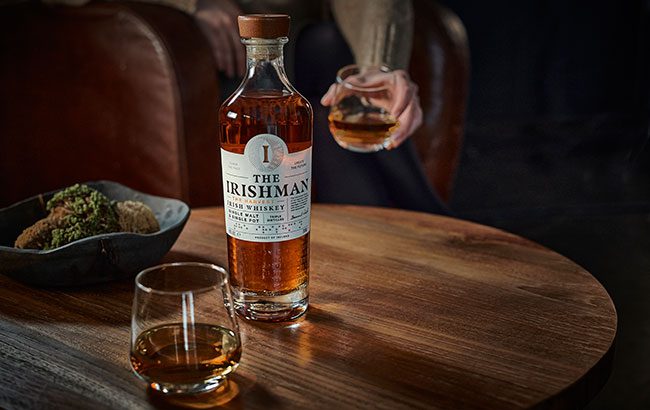
The US is the biggest market for the whiskeys, and Stuģe believes that each brand has a “different role to play in pushing category boundaries, and changing category perception”.
She explains: “Writers’ Tears is loved for its elevated taste profile delivered through the iconic Copper Pot and Single Pot Still variants, as well as bespoke cask finishes – like the Tequila cask-finished single pot still limited edition, which saw an exclusive preview release at Dublin Airport recently.” Stuģe adds that a wider international launch will follow in 2024.
“The Irishman, on the other hand, helps elevate liquid and quality credentials of the Irish whiskey category through its single malt expressions, including 12- and 17-year-old variants. The Harvest, on the other hand, lends itself beautifully for mixing due to it being a blend of single malt and single pot still whiskeys, which offers consumers an easy, accessible yet delicious way into discovering the brand, as well as the category.”
Tequila, however, is the leading spirit category in ABG’s portfolio. The company’s portfolio comprises Kah Tequila and Rooster Rojo Tequila, two brands with very different positioning in terms of occasions, channels, and consumers. In 2020, ABG bought 220 hectares of agave fields in Los Altos de Jalisco, Mexico. That has almost doubled since then to 400ha. The move has permitted the company to take full control of its Tequila production, and support operations at its Amber Production Tequila distillery, which it acquired in 2016. The fields should meet production demands for the next five years, Stuģe says.
“At the very beginning, we made a decision to produce only 100% agave Tequilas,” Stuģe continues, “and this allows us to have such great-quality products, which are being rewarded in almost every international competition we take part in.”
Rooster Rojo is now available in 48 markets worldwide, and is what Stuģe describes as a “challenger Tequila”. Its range includes five Tequila expressions: Blanco, Reposado, Añejo, Smoked Pineapple, and Ahumado. “It is a proposal for consumers beyond just Tequila-category borders. It is a lifestyle brand offering to ‘find your rooster’, and to follow your passion, and not be afraid to stand out,” says Stuģe. “At the same time, it follows best traditional production techniques, and remains very close to its Mexican provenance.” This was enhanced further this year when the brand introduced Rooster Rojo Mezcal to “attract more new consumers to this exciting and exclusive category”.
Kah Tequila, by contrast, is an ultra-premium Tequila that “distinctively stands out via its bottle design, as well as the rich storytelling that underpins the brand”.
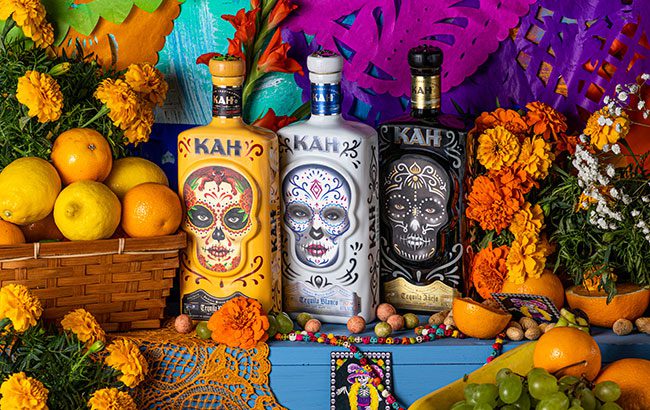
Kah Tequila sees its greatest demand in the US, Latin America, South Africa, and the UK, notes Stuģe. Rooster Rojo, however, is strongest in Australia, Spain, Greece, the UK, and the Baltics. “Our Tequila brands still have plenty of headway to grow, which is reflected in our commercial and market share ambitions,” says Stuģe. “2024 will see a combination of new market entries, alongside elevated brand activations in our key markets, to continue the positive momentum we’ve seen behind our brands to date. For Rooster Rojo, the main focus in 2024 will be the Americas, main Tequila markets globally: first of all, US, then Canada and Mexico.”
Vodka is the third strategic category for ABG. In May this year, ABG released its 2022/23 full-year financial results, in which Moskovskaya Vodka reported 16% sales growth, driven by the brand’s focus on its European provenance. “We have beautiful vodka brands. Moskovskaya is one of our top sellers, and it has quite good traction across the world,” says Stuģe. “In several countries, it’s a top-three performer.”
Increased innovation
The growth of the ABG portfolio means innovation has also increased. In November, ABG unveiled its latest Writers’ Tears Irish whiskey, which had been finished in Tequila casks – the first commercial single pot still Irish whiskey of its kind. The whiskey was aged in Bourbon barrels before being finished in añejo Tequila casks for nine months. Non-chill-filtered, Writers’ Tears Limited Edition Tequila Cask Finish sits at 47% ABV, and was launched at The Loop at Dublin Airport.
“This is a great example of how a company can look at its assets, and use the creativity, innovation and, of course, talents to deliver new products to consumers,” says Stuģe.
ABG hopes supplying its customers with its international products will become far easier once its €45m (US$49m) high-bay, state-of-the-art, automated warehouse in Riga, Latvia, is complete. “Poised to serve as the group’s global logistics hub”, the facility is being built with AI engineering specialists, and will cover more than 24,000sqm. It will provide automated warehouse order storage, assembly and issuance areas, plus an administrative area. It will tower, at 24m tall, across nine floors, increasing capacity by around 30% from 25,000 pallets to 35,000.
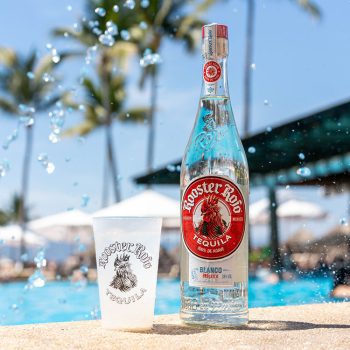
“We have issued bonds and we are now on the Nasdaq Stock Exchange as well,” Stuģe says. “We are moving ahead. All groundwork is almost finalised, so we’re at the right stage in line with our timeline. This has been designed specifically for us. It will significantly improve our capacity to serve additional brands. It will help to increase operations in the Baltics, as well as increase efficiency.”
The warehouse will create a central hub for ABG, Stuģe explains. The company services clients in more than 70 countries, and the warehouse will enable ABG to continue doing so, and more, “in a logistically effective way”.
Corporate identity
The investments and streamlining of operations are all key to ABG’s strategy. In 2021, the firm renamed 10 of its international companies to strengthen its corporate identity. The companies, including five distribution firms, were renamed under the ‘Amber’ flagship corporate name.
“It was a really good decision,” enthuses Stuģe. “Now as an organisation, we feel everyone belongs to Amber. We’re not talking as a single spirit, or we’re from Australia – everyone is talking about being from Amber. It has helped to create common culture in our organisation, syncing common values. It’s not just about renaming; it’s ensuring that we are not working solo, that we are working as one group. We have a common group position, we have a common group goal, we have common group values.”
With a new year on the horizon, Stuģe is positive about what the next 12 months will have in store for ABG. However, she remains realistic about the challenges that have hit the company in the past 12 months – not unique to ABG, but external factors that have affected businesses worldwide.
In the past 12 months, ABG has faced inventory buildups as a result of surges in shipments due to pandemic concerns. Consumer shifts from the on-trade to the off-trade “signalled rising prices, especially for high-end products, causing an inventory overhang”, explains Stuģe.
While inflation and rising costs continue to be a concern, Stuģe says: “The expectation is that, with consistent consumer consumption, the market will stabilise and return to pre-pandemic volume patterns over the next 12 months.”
In 2024, ABG will prioritise its core brands: Writers’ Tears, The Irishman, Rooster Rojo Tequila, Kah Tequila, and Moskovskaya Vodka. “In addition to this, we are talking to potential brand owners about how we can operate on a consolidated basis, not just in one random country, but how we can make more synergies for them, and provide the same standard across our own route to market. In these challenging times, I want to assure people that our company’s fundamental goals remain unwavering.
“While the journey may take a bit longer than anticipated, due to external factors, our primary focus remains on core objectives: the international growth of our business with our core brands, and maintaining our position as the preferred co-operation partner by leveraging our dedicated route to market setup for third-party brand owners. We are committed to advancing these key initiatives. The path may have shifted but our determination and commitment to excellence remain focused.”
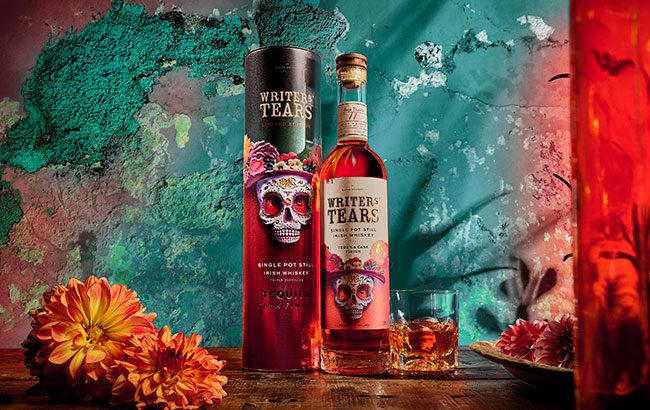
Related news
SB's 12 Drinks of Christmas: Diistil
